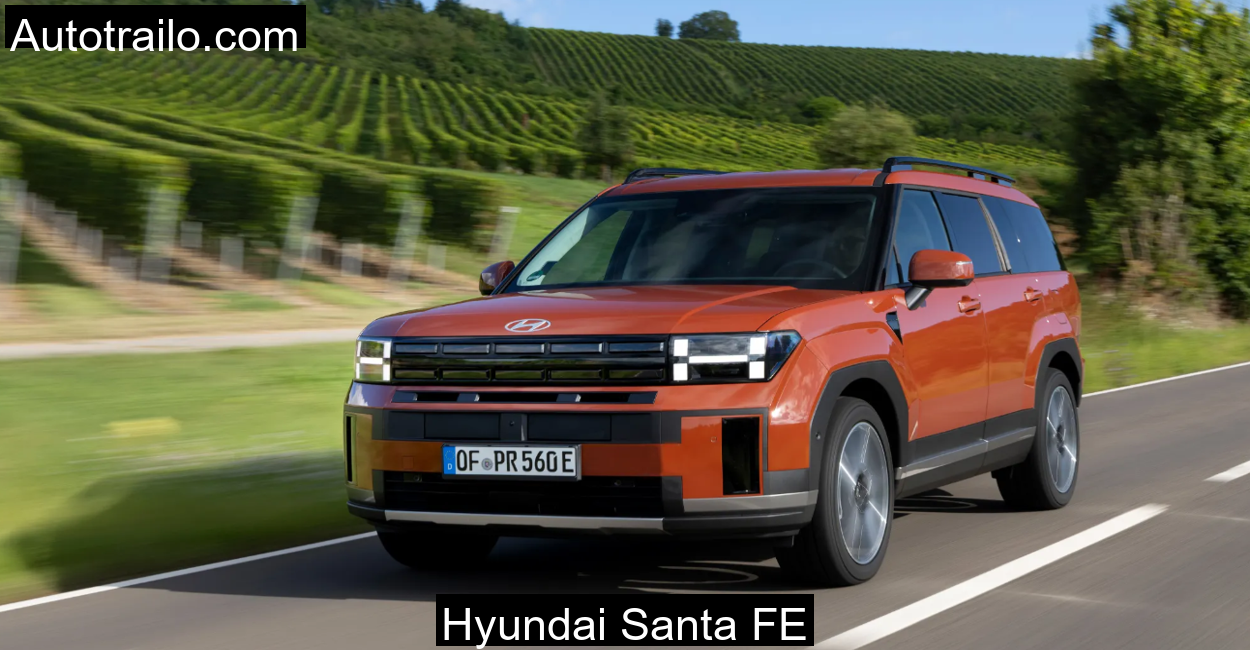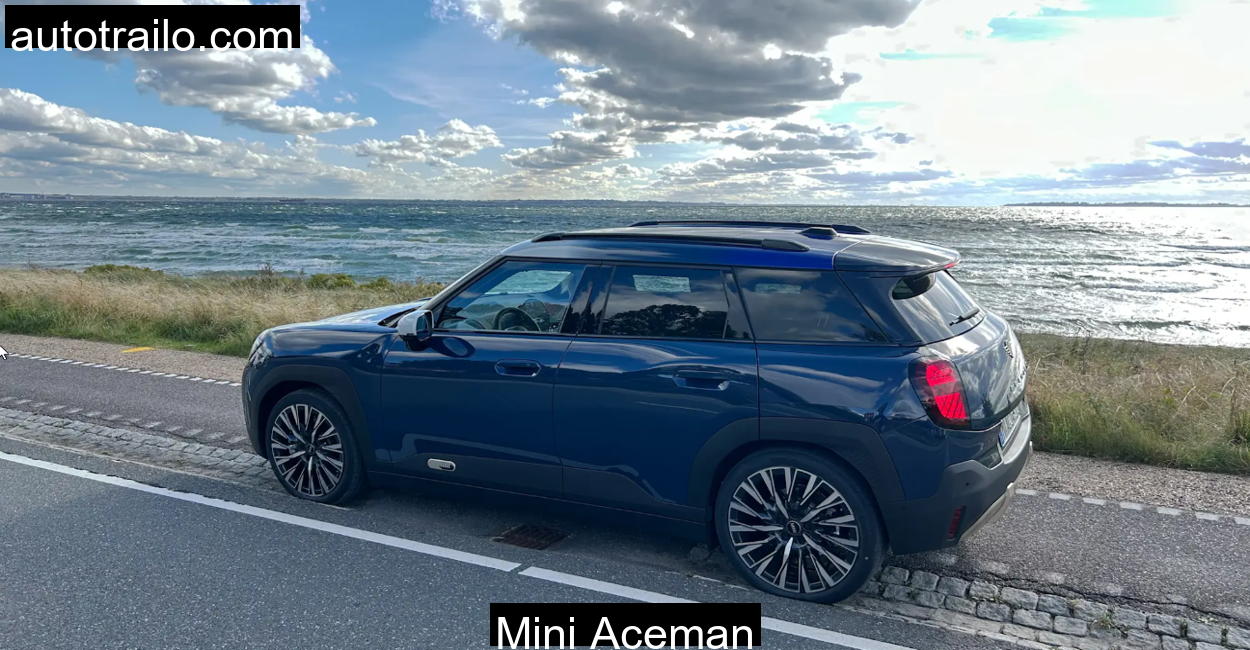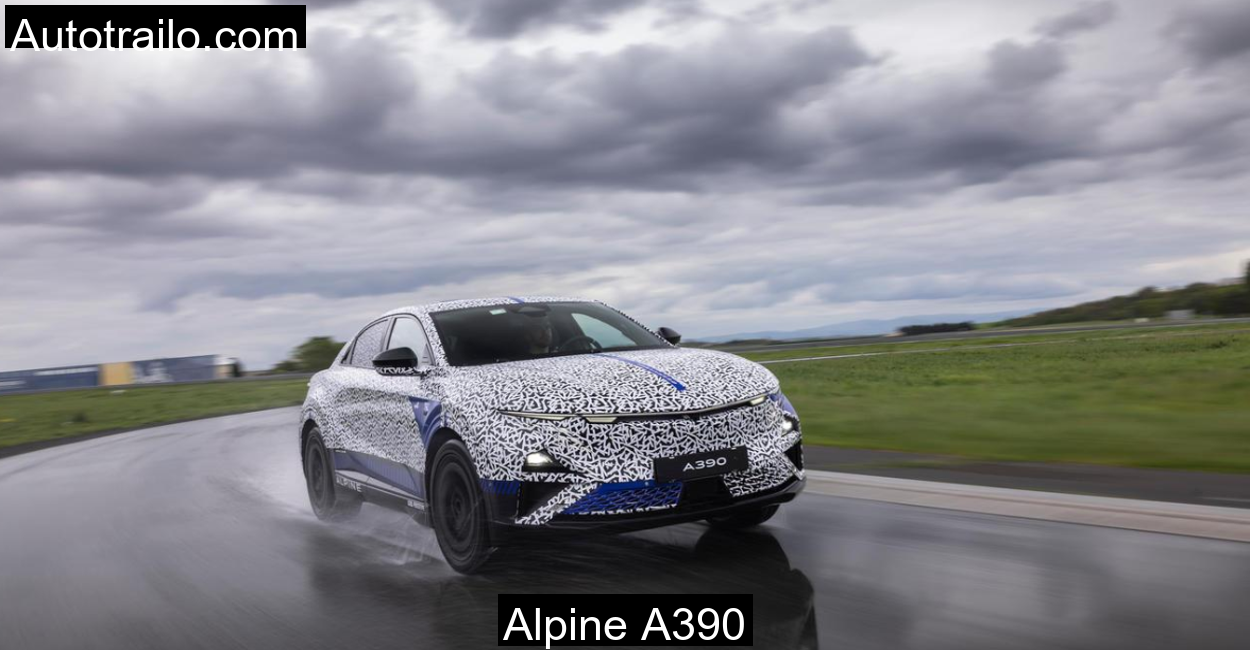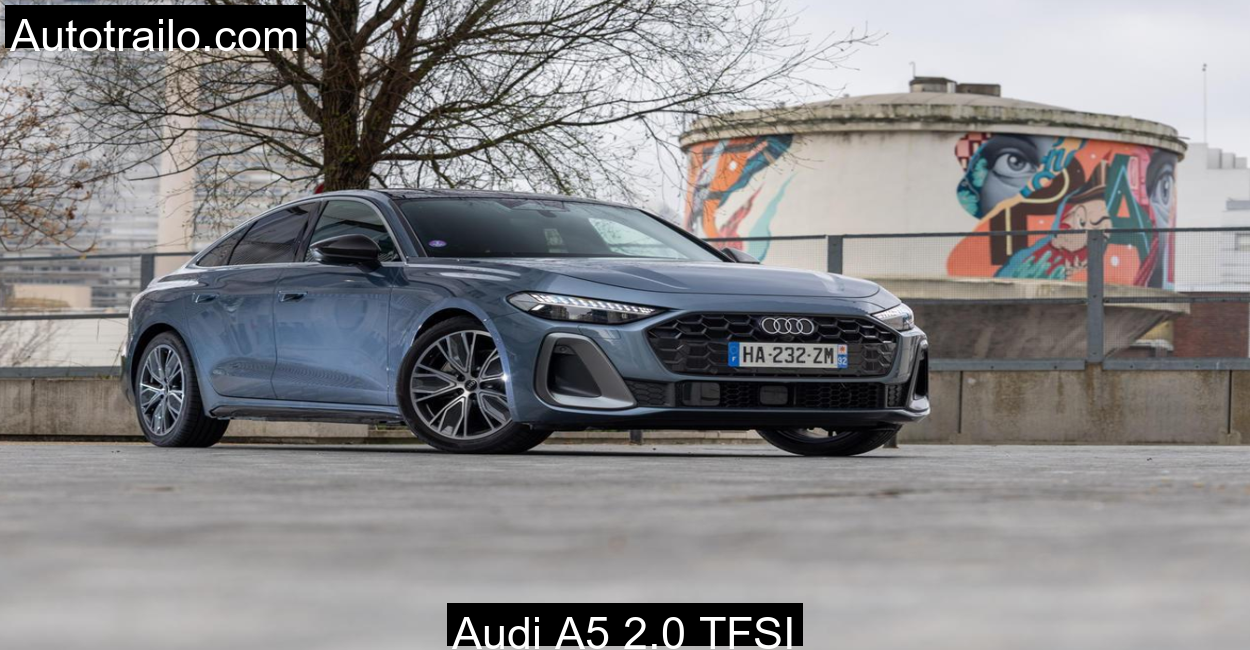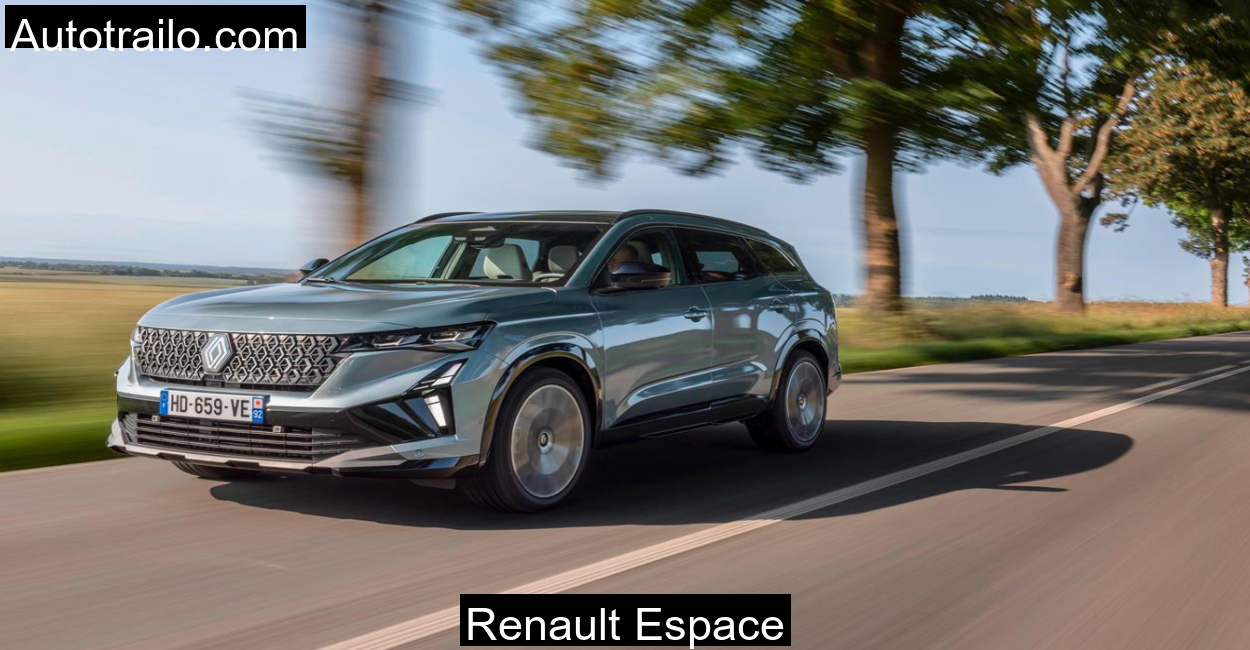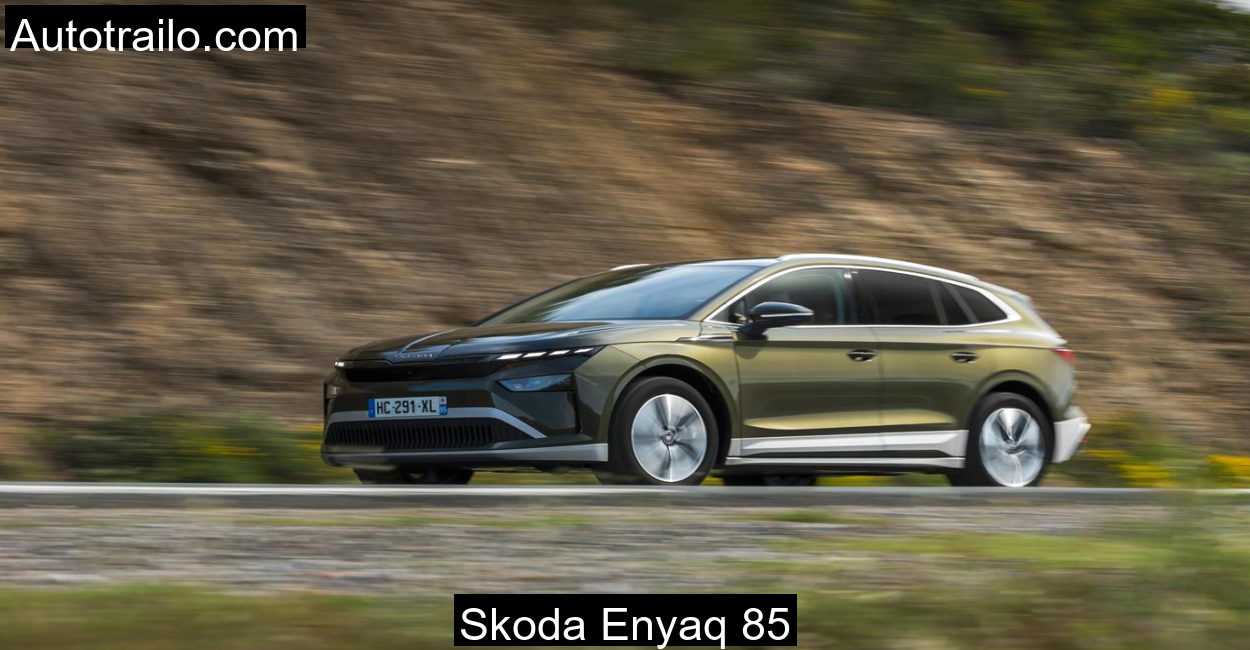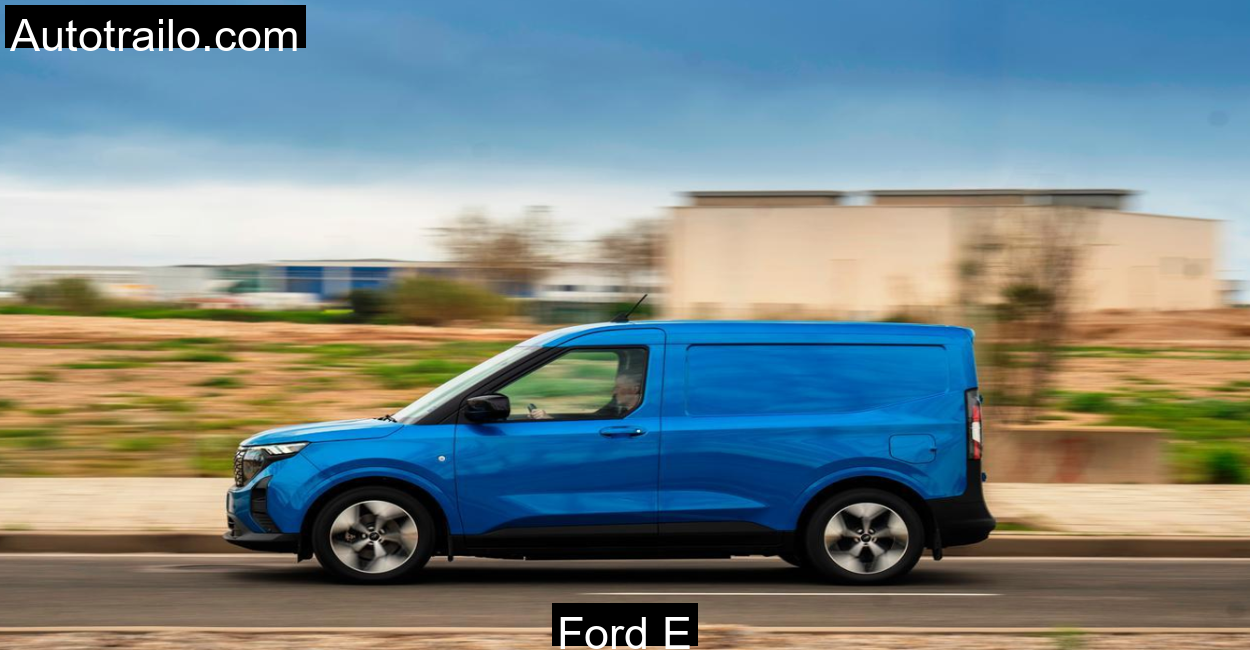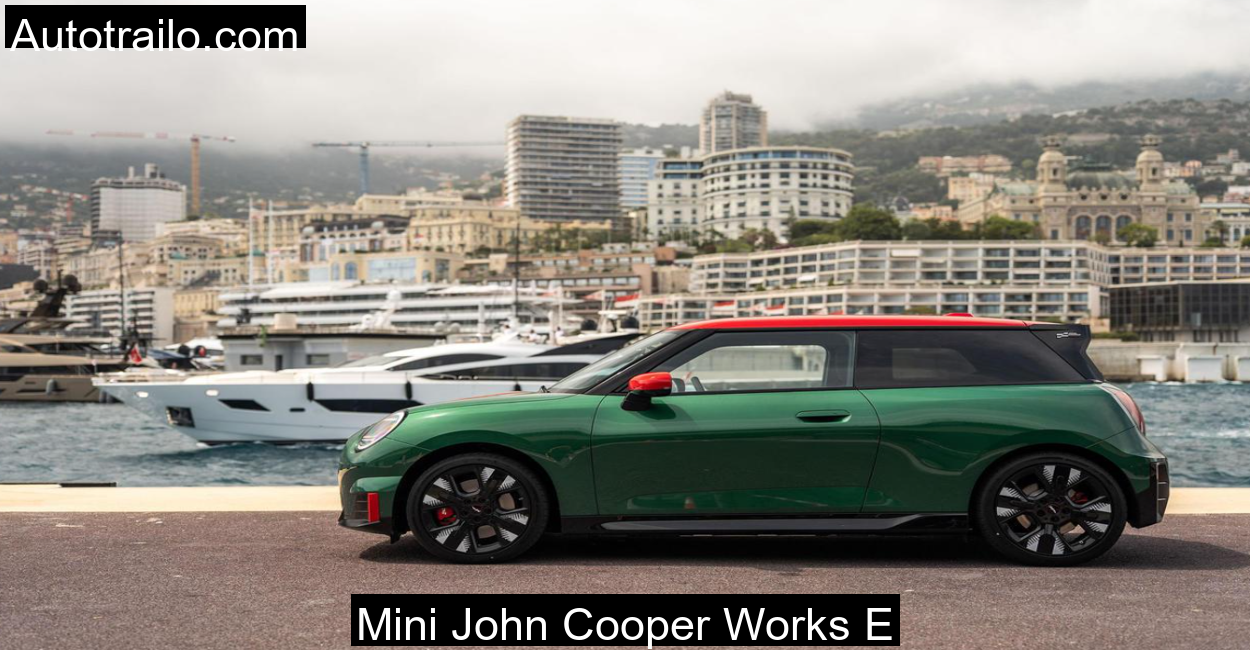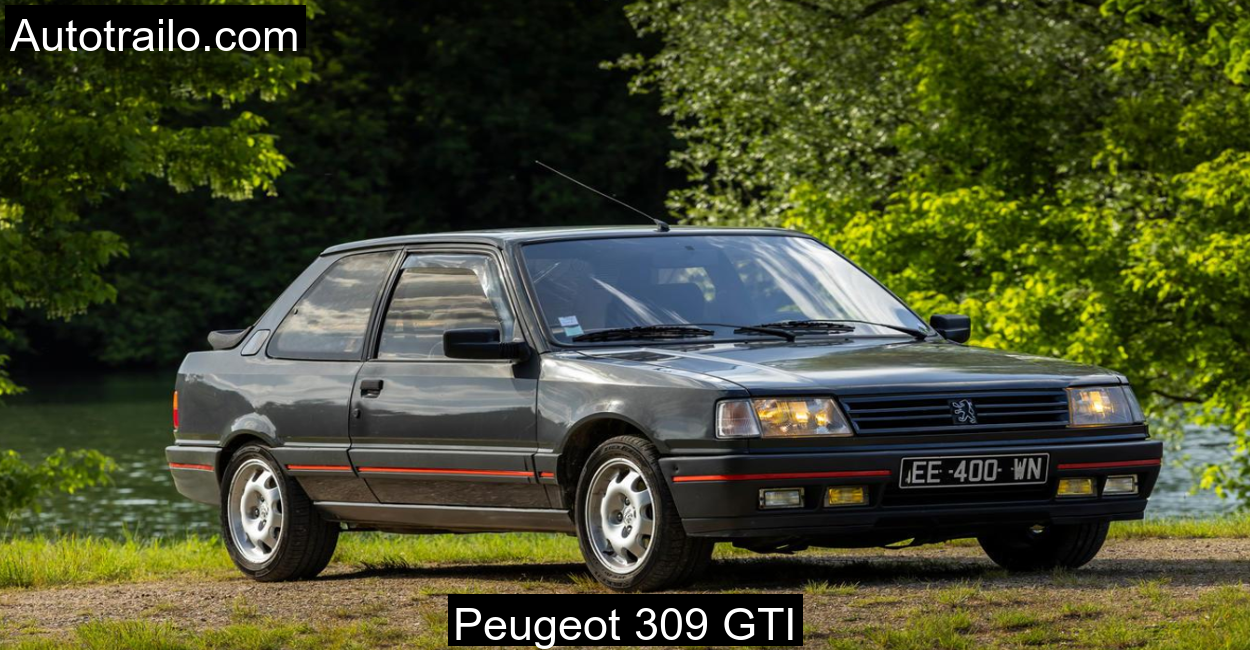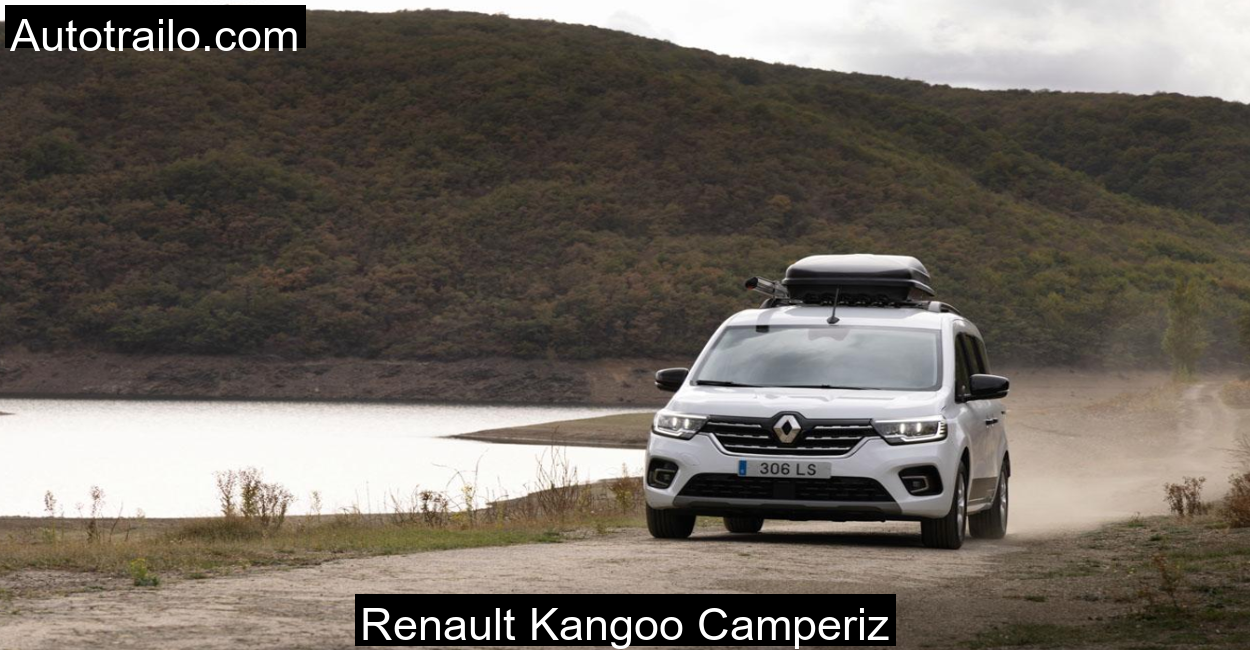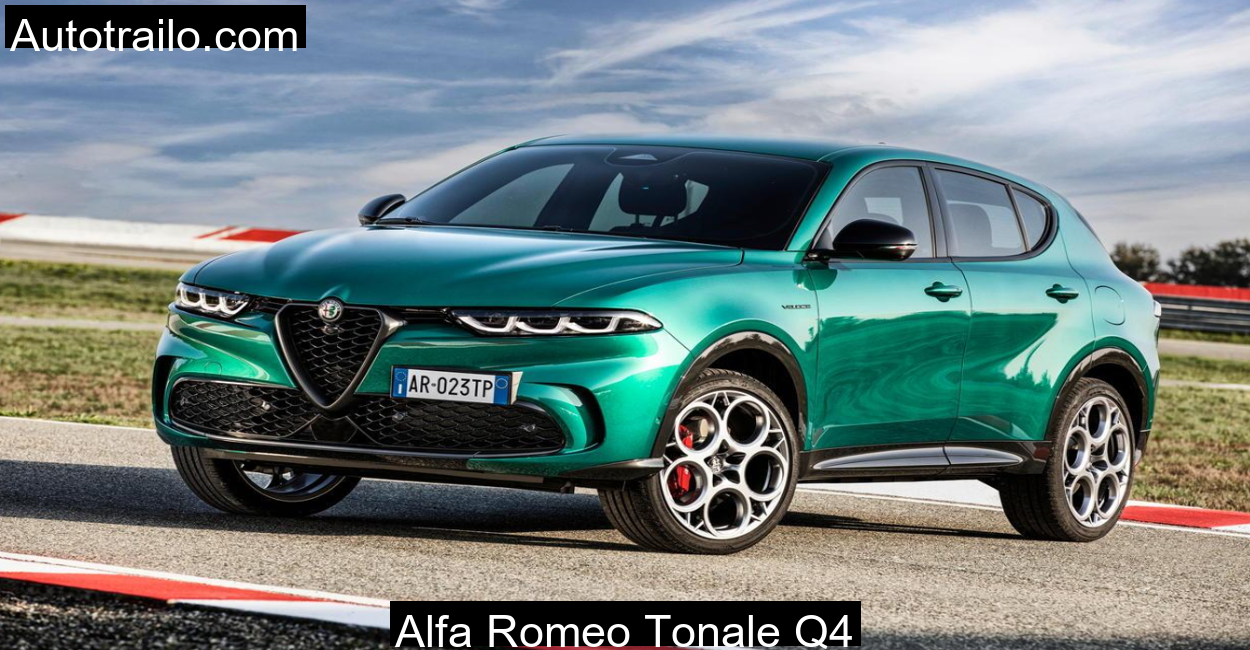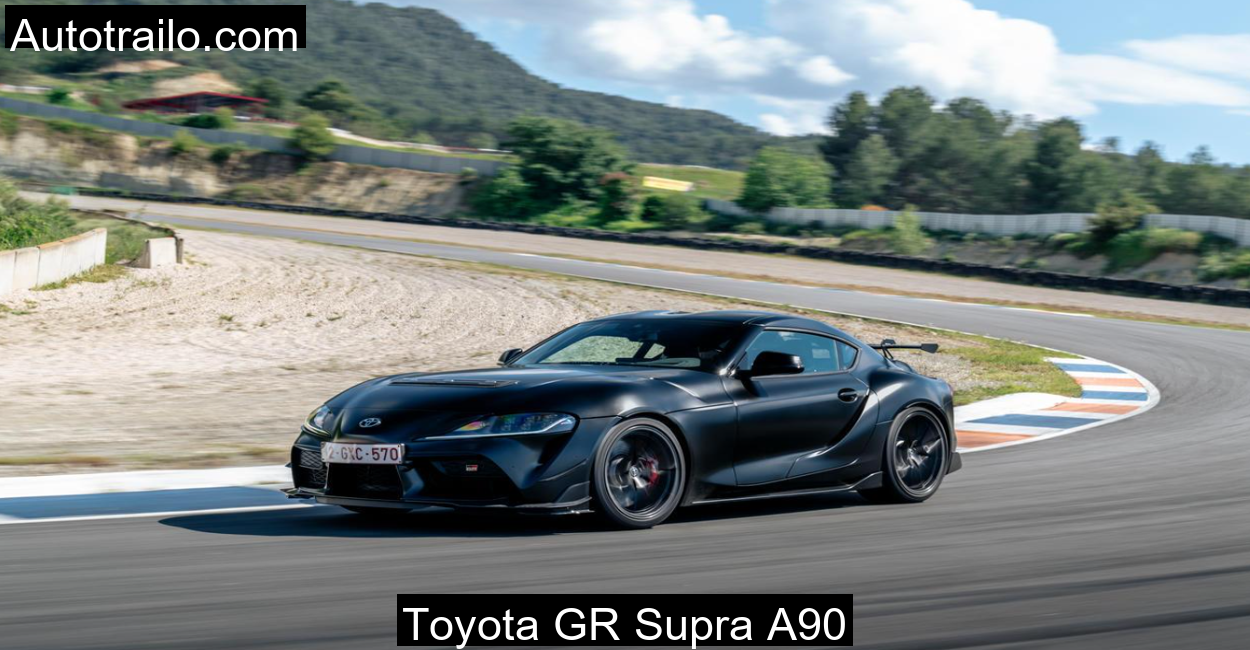Introduction: Where Rugged Beauty Meets Modern Engineering
Spiti Valley, often described as the middle land between India and Tibet, is not a place you visit; it’s a place you feel. Towering peaks, treacherous roads, unpredictable weather, and soul-stirring silence, this is where the road ceases to be a convenience and becomes a test of will.
And that’s exactly why I brought the 2025 Hyundai Santa Fe here.
Hyundai’s flagship SUV is known for comfort and style, but I wanted to see what happens when you drop it into one of India’s harshest and most beautiful terrains. Spoiler alert: it didn’t flinch. Over the course of 1,200 km, the Santa Fe became more than just a car, it became a reliable partner.
Table of Contents
Setting Off: A Journey That Demands Confidence
The journey began at dawn from Manali, where oxygen is still generous and the roads are somewhat forgiving. As we started climbing toward Rohtang Pass and beyond, I was immediately grateful for the Santa Fe’s elevated seating and confident stance. With its commanding view of the road ahead and all-wheel-drive grip, the initial tarmac stretches melted beneath the wheels like butter.
Traffic thinned. The roads narrowed. Hairpin bends greeted us every few minutes. I switched from Eco to Sport mode, not because I needed speed, but because I wanted that extra push while overtaking army trucks climbing at a glacial pace.
Despite its bulk, the Santa Fe didn’t feel clumsy. In fact, it felt lighter than expected. The plug-in hybrid system smartly distributed torque, with the electric motor coming to life when the turbo lag could’ve ruined the moment. That electric assist didn’t just help with responsiveness, it made acceleration out of tight curves surprisingly nimble.
Taming the Terrains: Spiti’s Test of Toughness
Once we crossed Kunzum La, the roads transformed into lunar landscapes. Gravel, loose rocks, melting snow patches, and steep inclines made for a brutal testbed. This is where most SUVs start complaining. The Santa Fe, however, soldiered on.
The all-wheel-drive system didn’t falter even once. Power delivery was smooth, and more importantly, predictable. You don’t want surprises when you’re navigating inches from a cliff at 4,000 meters.
I’ll admit I was worried about the Santa Fe’s relatively low towing capacity and modest ground clearance (185 mm), but unless you’re hauling a trailer or doing serious off-roading, it holds its own impressively well.
Suspension comfort surprised me. Even on rocky trails, it managed to filter out most of the harshness. There was some body sway on longer undulations, but it’s acceptable for an SUV of this size and class. Most importantly, it never felt fragile, something that can’t be said for many urban SUVs pretending to be rugged.
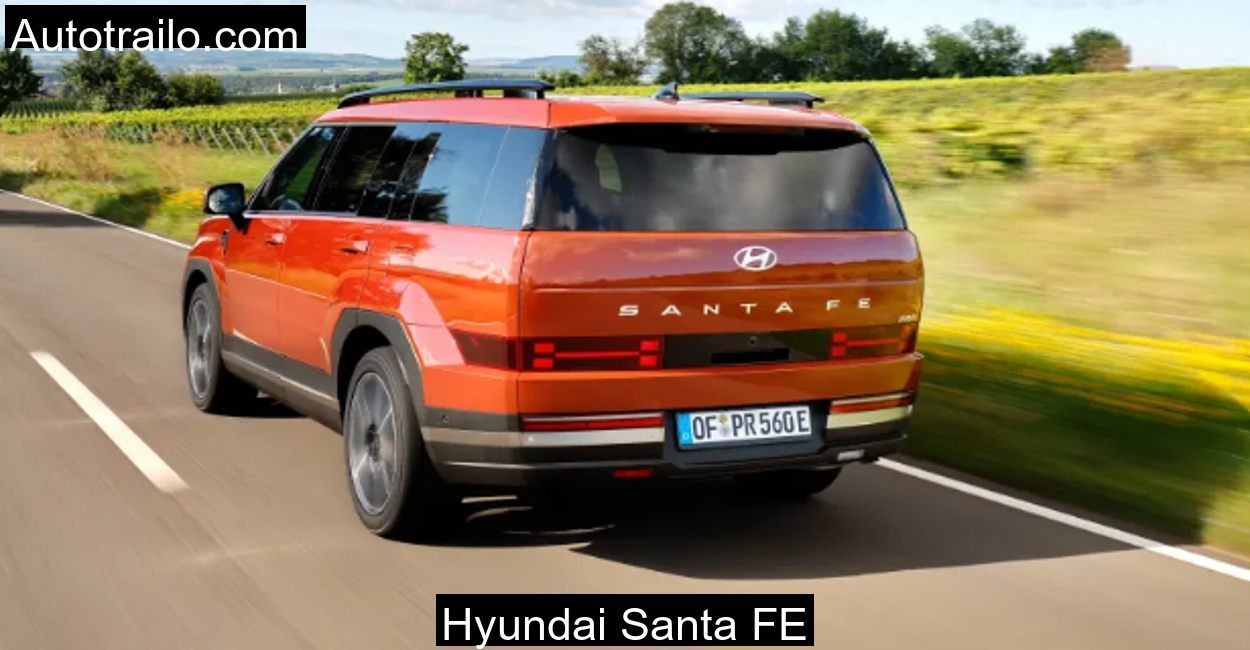
Inside the Cabin: A Sanctuary in the Wilderness
After a particularly long haul from Losar to Kaza, my lower back reminded me that I’ve spent a day fighting Himalayan terrain. And then I realized, I wasn’t sore. Not even a bit. Credit goes to the ergonomics of the Santa Fe’s ventilated seats and a cabin designed with real human comfort in mind.
The dual 12.3-inch display panels offered everything I needed, navigation, vehicle stats, media controls, and nothing I didn’t. The part-digital, part-physical control layout is refreshingly intuitive. You don’t want to be digging through five menus to change the fan speed when your fingers are frozen.
And yes, that grab handle on the C-pillar? A lifesaver for my friend who kept hopping into the third row to get his drone equipment. Hyundai’s designers clearly thought this through.
With the rear two rows folded, I had a near-flat bed where I actually stretched out and napped while charging the vehicle overnight via a local homestay’s 15A socket. Not fast, but effective.
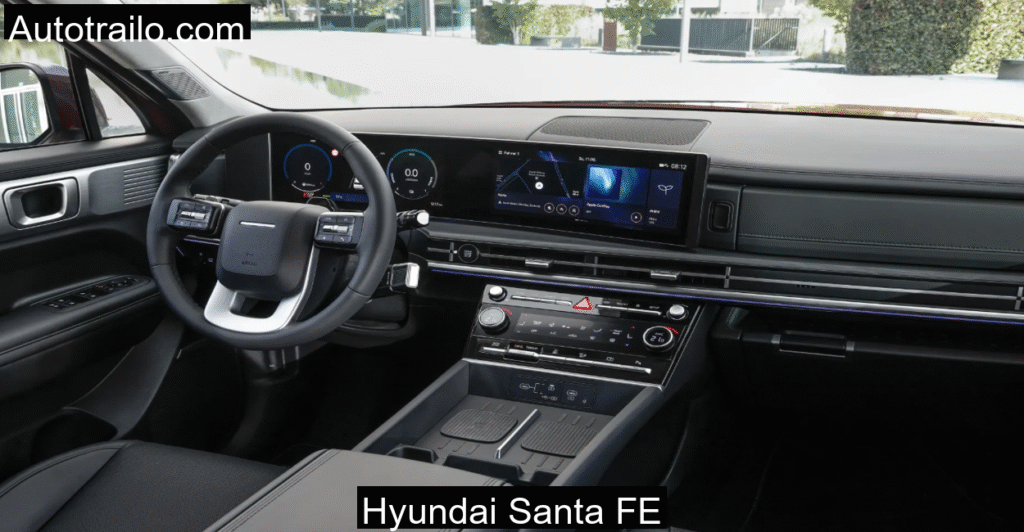
Performance and Efficiency: More Than the Sum of Its Parts
Let’s talk numbers. The 1.6-liter turbocharged engine is complemented beautifully by the electric motor. You get that low-end grunt when you need to cross a stream or climb an incline. The 9.3 seconds 0–100 km/h time may not sound thrilling, but it’s deceptive, it feels quicker in real-life scenarios thanks to that electric torque.
I managed about 48 km of electric-only range while descending from Nako to Rampur. Regenerative braking kicked in subtly but effectively. My overall fuel efficiency for the entire trip stood at 7.4 L/100 km, a commendable figure considering the terrain and altitude.
Charging at home or public points (in cities) takes a while, around 4 hours at 3.6 kW. Hyundai could’ve upped the ante with 7 kW or even DC fast charging. But let’s face it, this isn’t an EV; it’s a hybrid with extended electric capability.
What Stands Out: The Human Element
Driving in Spiti isn’t about hitting top speeds or hugging corners, it’s about control, reliability, and comfort. The Santa Fe delivered all three. What really struck me was how little I had to think about the car itself during the journey. It didn’t demand constant corrections or adjustments. It gave me the space to focus on what mattered: the road, the landscape, and the journey.
My co-passenger, not a car enthusiast by any means, summed it up nicely, “It doesn’t feel like a machine trying to impress you. It feels like a friend who just gets what you need.”
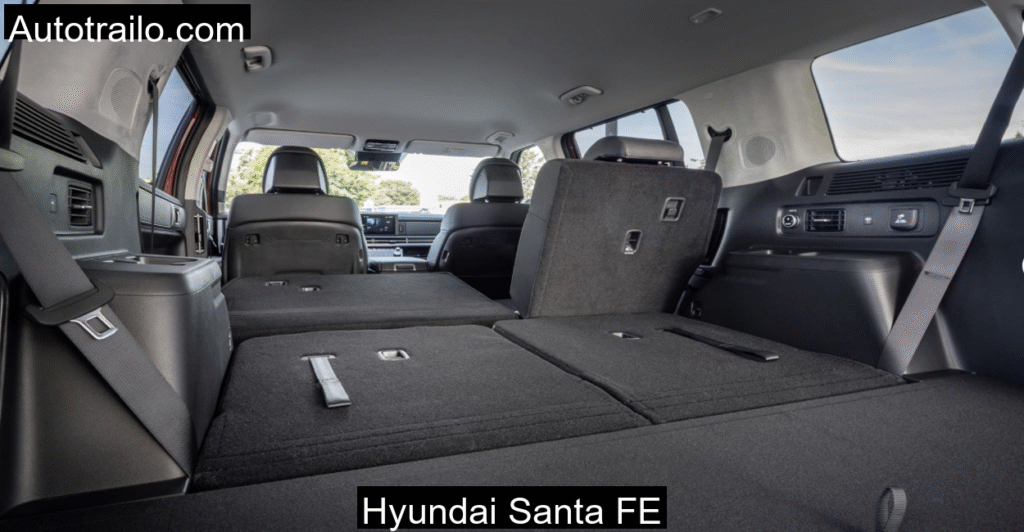
Technical Specifications at a Glance
Accuracy matters — that’s why all Hyundai specs come straight from the brand’s official platform.
| Specification | Detail |
| Engine Type | Plug-in Hybrid |
| Displacement | 1,598 cc |
| Max System Power | 253 HP |
| Torque (System) | 367 Nm |
| Drivetrain | All-wheel drive (AWD) |
| Transmission | Automatic |
| 0–100 km/h Acceleration | 9.3 seconds |
| Top Speed | 180 km/h |
| Electric Range (WLTP) | 54 km |
| Battery Capacity (gross) | 13.8 kWh |
| Fuel Consumption (WLTP) | 1.7 L/100 km + 19.2 kWh/100 km |
| Boot Space (standard/folded) | 621 L / 1,942 L |
| Unbraked/Braked Towing Capacity | 750 kg / 1,010 kg |
| Length x Width x Height | 4,830 x 1,900 x 1,720 mm |
Conclusion: Should You Take the Hyundai Santa Fe to the Mountains?
Absolutely!
The Hyundai Santa Fe 2025 Plug-in Hybrid is more than a city-bound SUV with fancy tech and a plush interior. It has genuine credentials to take on tough roads and unpredictable weather while keeping you safe, comfortable, and surprisingly economical.
No, it’s not a hardcore off-roader. It won’t pull a 3-ton trailer or let you climb rock walls. But for real-world adventurers, families, or anyone who wants a blend of sophistication and capability, it’s a phenomenal package.
FAQs
How did the Santa Fe perform in steep mountain climbs?
The electric assist paired with the turbocharged engine provided ample torque for climbs, even with four adults and luggage onboard. AWD kicked in without fuss whenever needed.
What was the fuel economy during the Spiti trip?
My average was 7.4 L/100 km, which included long uphill stretches, off-road driving, and some electric-only segments during descents.
Was the ground clearance sufficient for Spiti roads?
Yes, although not best-in-class, the Santa Fe’s clearance was enough for rocky terrain and shallow stream crossings. I never scraped the underbody during the trip.
Can you rely on the plug-in hybrid system in remote areas?
Yes, because the car seamlessly switches to petrol when electric power runs out. Charging opportunities in remote Spiti are rare, so it’s good to have a petrol backup.
Would you recommend this car for a family of six for long journeys?
Definitely. The third row is usable for adults under 5’10”, and the second-row space is excellent. Long journeys feel relaxed thanks to the refined suspension and thoughtful cabin design.
